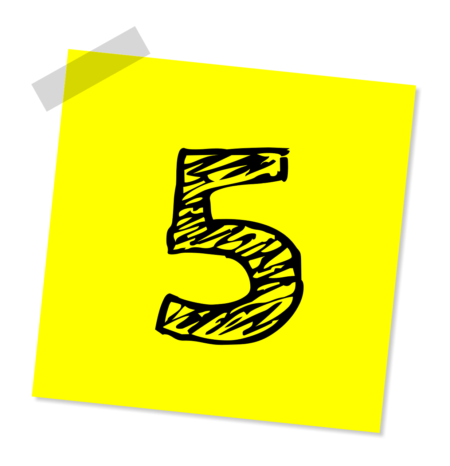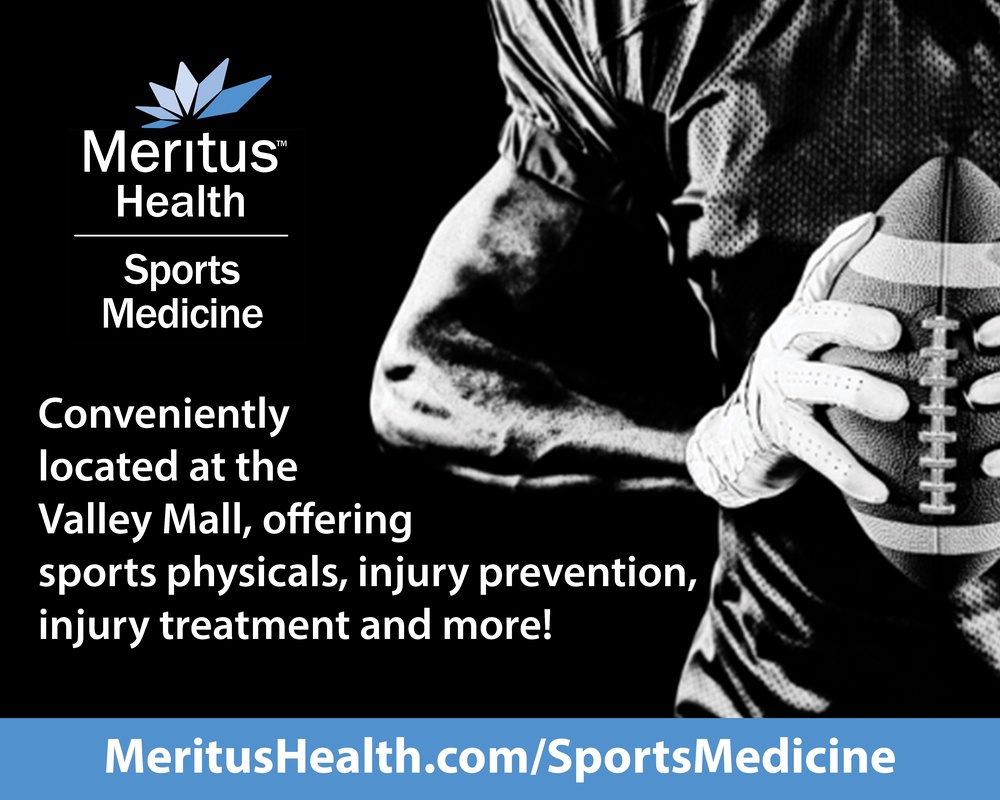Headaches are a common ailment, affecting approximately 52% of the global population. While headaches are more likely to affect women, people of all ages can experience them.
Most headaches are not the result of a serious illness, but they can ruin quality time with family, friends, and limit your ability to enjoy summer activities like traveling, gardening, swimming, camping, and visiting amusement parks. When headaches transition from an occasional annoyance to a constant presence affecting your quality of life, it’s time to see your healthcare provider.
Types of Headaches
There are three main types of primary headaches:
Migraines are severe, disabling headaches that typically occur on one side of the head with a moderate to severe throbbing or pulsating pain. The pain can be worsened through regular activities and is accompanied either by light and sound sensitivity or nausea. These headaches typically last anywhere from four to 72 hours.
Frequent migraines may be a sign of something more serious. If you experience migraines often, it’s important to speak with your physician to rule out underlying issues. Migraines can be treated with medication, lifestyle modification, and other therapies.
Tension headaches produce a pressure sensation in the entire head and are commonly what people refer to when experiencing a headache. These headaches are mild to moderate in severity and usually go away within four hours. Most often, they do not have additional symptoms and are rarely a sign of more serious illness. Tension headaches can be treated with over-the-counter medications, and lifestyle modification can often help reduce their frequency.
Cluster headaches typically occur multiple times per day over several days to weeks during a cluster period, usually followed by remission periods when the headaches stop. Cluster headaches are often described as a sudden, sharp, severe pain behind one eye and can be as severe as migraines. These headaches reach their peak in one to three minutes and generally last 15-90 minutes each. Cluster headaches are severe and not life-threatening.
There are other primary headaches that are related to cough, sleep, and exercise. Secondary headaches can occur from other causes due to conditions like sinusitis and head trauma. Identifying the underlying cause is the key for effective management.
Understanding Headache Triggers
Although headaches may indicate an underlying medical problem, more often lifestyle is the culprit. An initial tool for a headache-sufferer is a headache diary. In a headache diary, you record events before, during, and after each headache. This information helps you and your physician determine significant patterns and triggers and helps the physician create a personalized treatment
plan. Treatment options range from natural remedies, lifestyle adjustments, and/or tailored medications.
Below are some common headache triggers and ways to reduce their effects:
· Anxiety and stress – Take deep breaths, go on a walk, and incorporate healthy stress-relief activities into your daily routine.
· Loud noise – Turn down the volume or walk away from sources of loud noise.
· Light – Put down your screens or lower the brightness on devices and try not to overexpose yourself unprotected to sunlight. Consider using sunglasses when outdoors.
· Physical activity – Find a balance between pushing yourself too hard and being too sedentary.
· Sleeping – Make sure you’re getting enough sleep and have a regular nighttime routine.
Adequate rest, stress reduction, exercise, and a healthy diet can help reduce and sometimes prevent headaches. While over-the-counter pain medications are helpful in reducing headache pain, they should be taken with caution. Overuse or misuse of any pain medication can cause “rebound headaches,” which prompt additional medication. Early intervention is key to preventing this vicious cycle.
Maintaining a healthy diet free of processed and packaged foods or incorporating certain vitamins that have been shown to help with headaches into your diet might also help alleviate symptoms.
Headache management starts with an accurate diagnosis and a patient’s history is essential. Open communication between a patient and their provider paired with headache education helps to manage headaches effectively.
When headaches or a series of headaches interfere with the quality of your life, you should see your doctor. If you suddenly feel like you’re having the worst headache of your life, call 9-1-1 immediately. This could be a medical emergency. Education, awareness, and research are keys to conquering headaches. Kylie Boyer, CRNP, and Amtul Farheen, M.D., FAAN, see patients with headache concerns at UPMC Neurological Institute. UPMC now offers telehealth headache visits after business hours and on weekends. To schedule an appointment, call 717-791-2520 or visit UPMC.com/CentralPaNeuro for more information.






















